Earlier this spring, a new taxon of alvarezsaurid theropod was described from well-preserved, postcranial remains found in Uzbekistan. The little dinosaur, measuring less than half a metre long, has been named Dzharaonyx eski, which translates as “old Dzharakuduk claw”.
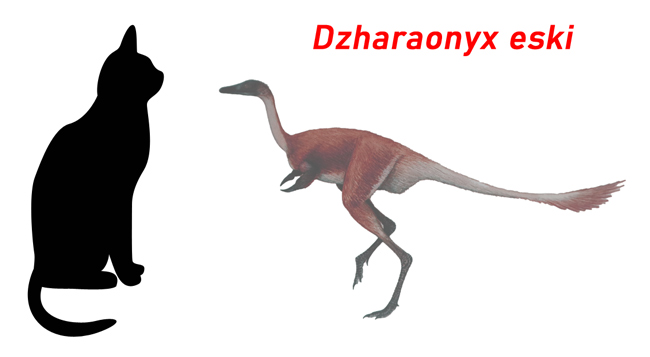
The cat-sized alvarezsaurid theropod Dzharaonyx eski from the Late Cretaceous of Uzbekistan. It is regarded as the geologically oldest member of the Parvicursorinae.
From the Bissekty Formation
Writing in the academic “Journal of Vertebrate Paleontology”, the researchers, including Hans-Dieter Sues (Department of Paleobiology, National Museum of Natural History, Smithsonian Institution, Washington, D.C.), describe this cat-sized theropod based on bones from the spine including dorsal and caudal vertebrae, limb bones, parts of the pelvis and bones from the hand including the iconic, robust alvarezsaurid claws.
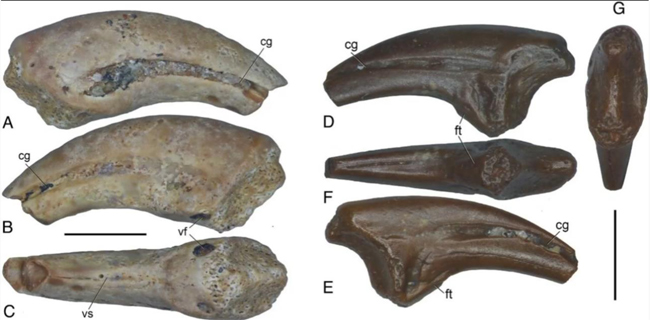
Dzharaonyx eski a new taxon of alvarezsaurid from the Late Cretaceous of Uzbekistan. Picture credit: Averianov and Sues.
Picture credit: Averianov and Sues
The fossils come from the Bissekty Formation (Upper Cretaceous, Turonian faunal stage) and D. eski is estimated to have lived around 91-92 million years ago. The dinosaur was named after the type locality (Dzharakuduk in south-central Uzbekistan). The species name “eski” is derived from the Uzbek word for “old”.
Pronounced Zar-ah-ra-on-niks es-key, a phylogenetic analysis of this newly described taxon places it within the alvarezsaurid subfamily the Parvicursorinae alongside other Asian members of the Alvarezsauridae such as Parvicursor (P. remotus) and Qiupanykus (Q. zhangi). Dzharaonyx eski is the oldest member of the Parvicursorinae known to science, it having lived at least 10 million years earlier than related species, fossils of which are confined to the Campanian and Maastrichtian faunal stages of the Late Cretaceous.
Remarkable Alvarezsaurids
Alvarezsaurids were highly specialised theropods, with a single, powerful hand claw adapted for tearing and digging. It is thought that these small maniraptoran dinosaurs fed on colonial insects such as termites.
The Alvarezsauridae family was erected in 1991 (Bonaparte). These long-legged theropods were once thought to be a lineage of flightless birds. Most palaeontologists consider them to be an early diverging branch of the Maniraptora. These dinosaurs tend to be both geographically and temporally widespread.
To read a blog post from 2021 about research into the evolution of the Alvarezsauridae: Miniature Alvarezsauroids Under the Spotlight.
Recently, another Asian member of the Parvicursorinae was described from partial, postcranial material from the Upper Cretaceous (Campanian) Barungoyot Formation in Mongolia. The alvarezsaurid has been named Ondogurvel alifanovi.
Mike from Everything Dinosaur commented:
“Dzharaonyx is a remarkable fossil discovery. It lived during the Turonian faunal stage of the Cretaceous. We look forward to more dinosaur discoveries from the famous Bissekty Formation.”
The scientific paper: “New material and diagnosis of a new taxon of alvarezsaurid (Dinosauria, Theropoda) from the Upper Cretaceous Bissekty Formation of Uzbekistan” by Alexander O. Averianov and Hans-Dieter Sues published in the Journal of Vertebrate Paleontology.
The award-wining Everything Dinosaur website: Prehistoric Animal Models and Toys.


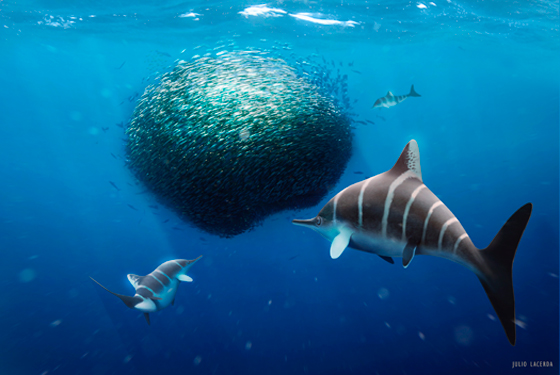

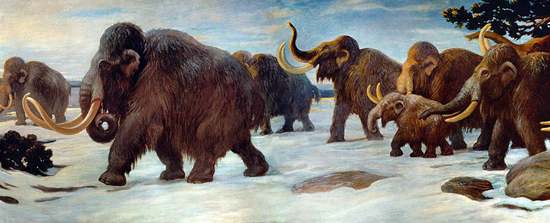
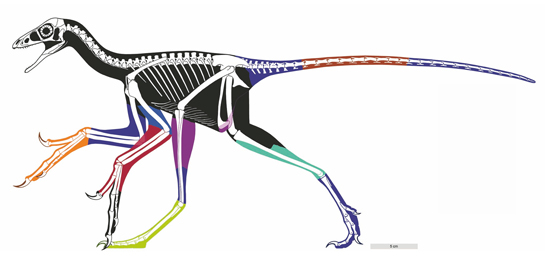
Leave A Comment